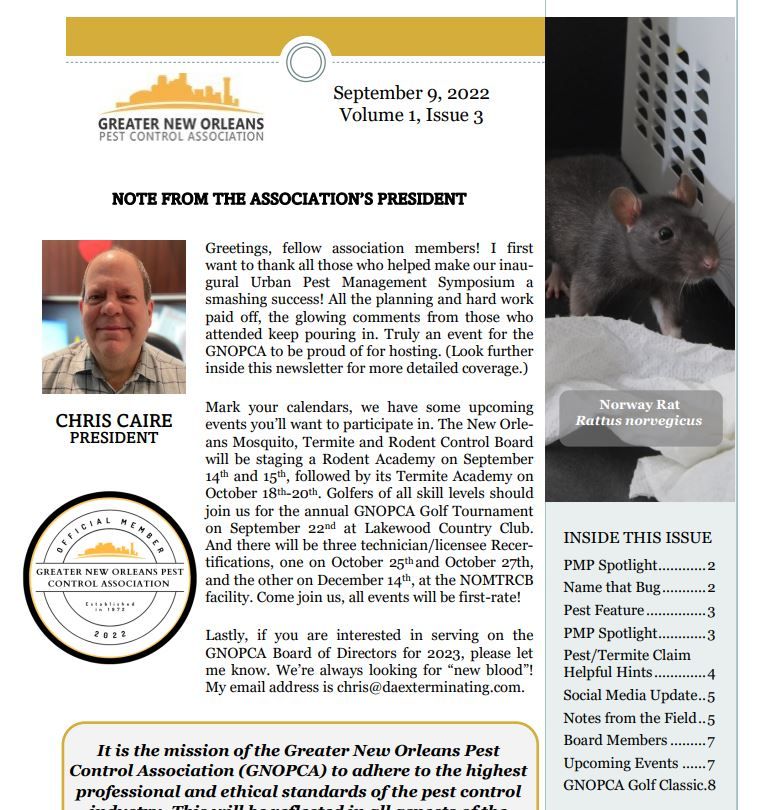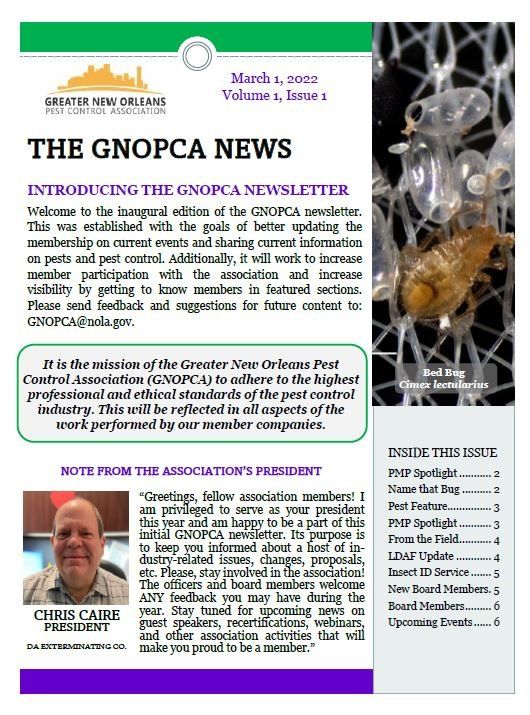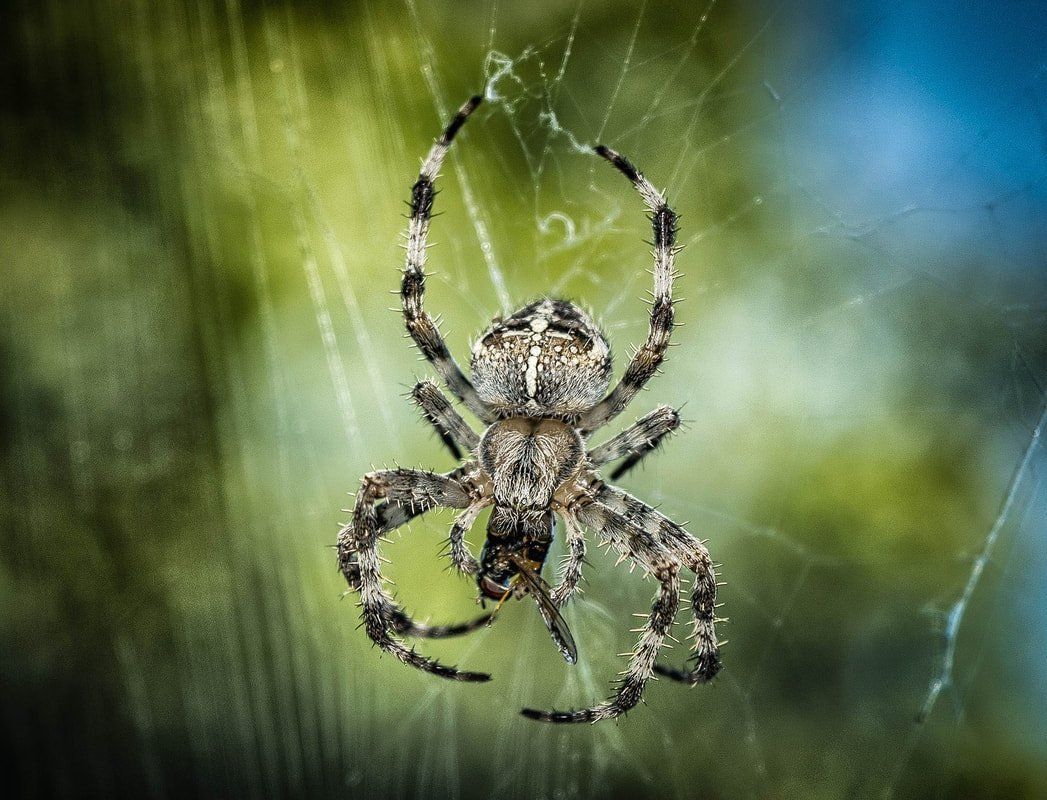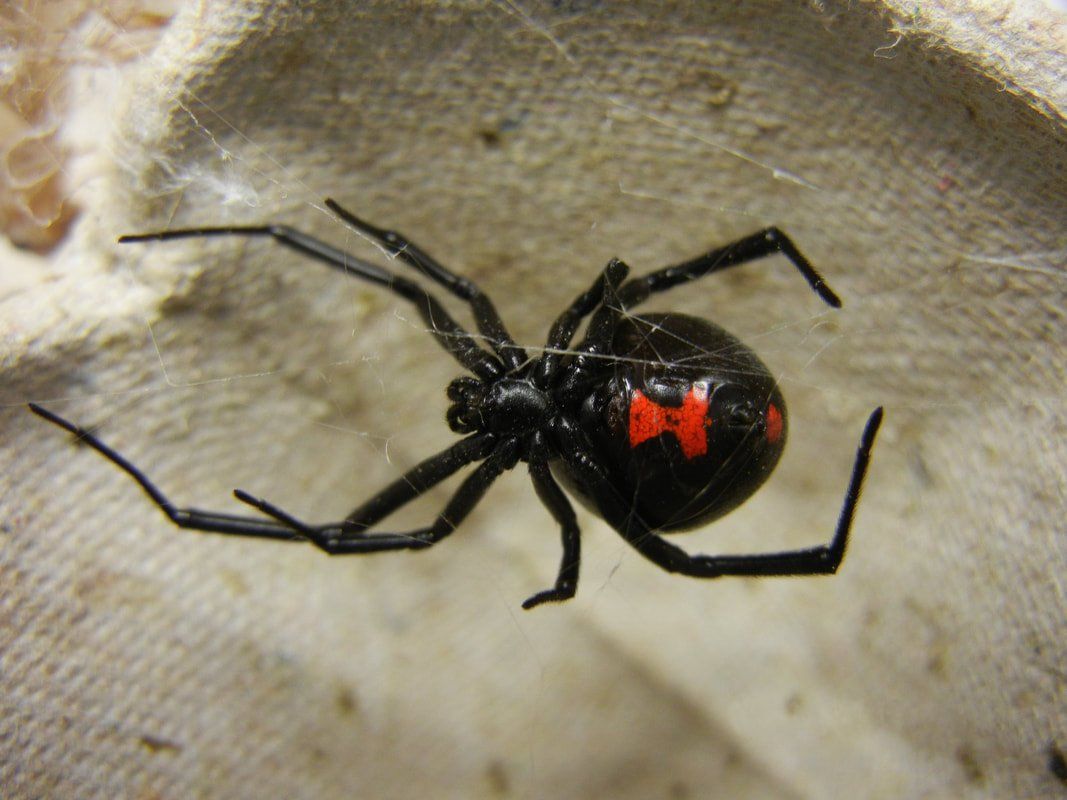DA Exterminating Co., Inc. | 4440 Wabash Street Metairie, LA 70001
📞(504) 888-4941
DA Exterminating Co. of St. Tammany, Inc. | 13433 Seymour Myers Blvd., Ste 2 Covington, LA 70433
DA Exterminating Co. of Houma, Inc. | 202 Enterprise Dr. Houma, LA 70360
Blog Layout
10 Ways to Bug-proof Your Home
Admin • Jul 31, 2016

We love helping our clients solve pest problems and making their homes safe for families – but every so often, we have someone call about a problem that could easily have been prevented. This led us to think about things you can do to prevent pests in the first place. Of course, despite the best preventive measures, keep in mind that insects are tenacious little creatures, capable of getting through even the smallest opening in a home. In that case, you should give us a call and we’ll put our best pest control sleuths on the job.
In the meantime, here are 10 ways to bug-proof your home.
- Keep bushes and ornamental plants trimmed so they don’t touch your home. They can be highways for insects to enter your home!
- Seal cracks and crevices around windows and doors with caulking. Use a good quality silicone or acrylic latex caulk. Although somewhat less flexible than pure silicone, latex- type caulks clean up easily with water and are paintable.
- Remove food sources. Clean foods as soon as spills happen and be sure damp areas are dried.
- Store firewood away from the home to discourage termites and other pests from taking up residence.
- Pests like rodents build nests of paper and other shreddable materials, so discard any cardboard boxes or papers.
- Seal utility openings where pipes and wires enter the foundation and siding, e.g., around outdoor faucets, receptacles, gas meters, clothes dryer vents, and telephone/cable TV wires. These are common entry points for such pests as rodents, ants, spiders and yellowjackets. Holes can be plugged with caulk, cement, urethane expandable foam, steel wool, copper mesh or other suitable sealant.
- Repair gaps and tears in window and door screens. Doing so will help reduce entry of flies, gnats and mosquitoes during summer, and cluster flies, lady beetles, and other overwintering pests in early fall.
- Install 1/4-inch wire mesh (hardware cloth) over attic, roof, and crawl space vents in order to prevent entry of birds, bats, squirrels, rodents, and other wildlife.
- Insects need water to survive, and the most common source for them is a dripping faucet.
- Unless your dog “inhales” his food, it’s best to not leave bowls of pet food sitting around as that can be a favorite food of roaches!
There you have it. Remember to call DA Exterminating any time you have a pest problem!
800-650-PEST.

By Lorenz Marsh
•
14 Jun, 2022
Always proud to be a member of PCT Magazine’s “Top 100” companies ( by annual revenue) in America. This is Ed, Jed and me accepting the award in Orlando the other night. Thanks to our wonderful DA team at all 3 DA branches and our loyal customers, it takes everyone to achieve success! (David Cherry, our longtime GM in Houma, left before we grabbed this photo…sorry David!) — Chris Caire, Jed, and Ed Reynolds.
By Admin
•
14 Dec, 2018
One noticeable change in the outdoors as winter approaches is the reduction of flying insects such as mosquitoes, flies, and bees.
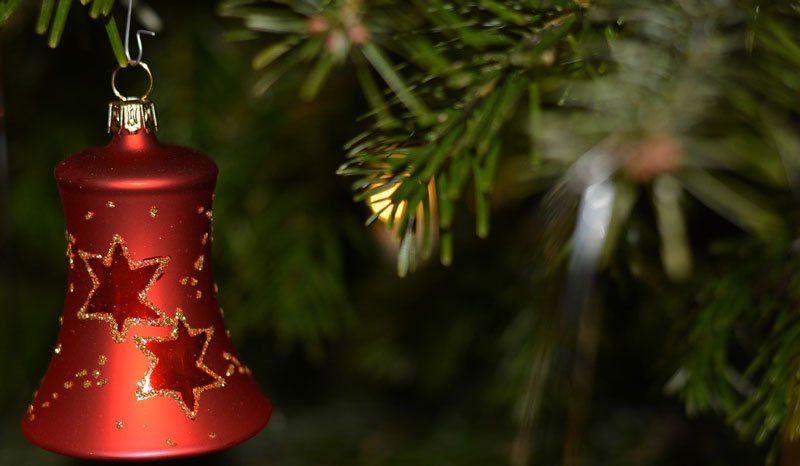
By Admin
•
06 Dec, 2018
When the holidays come to an end, it will be time to store the trees and decorations until Christmas 2019. Safeguard all of your favorite holiday decorations so they are free of pests while sitting in the attic, basement or other storage space until the holiday season comes around next year. Christmas decorations provide harborage and, in some cases, food for various kinds of pests, especially rodents. So we have assembled some decoration storage tips to prevent surprises next year when you open your decoration containers. to seal them in plastic containers if you must save these from 1) Dried berries, seeds and other natural materials are especially attractive to mice. The best idea is to seal them in plastic containers. Discard natural decorations after using each year including real gingerbread houses, candy canes and natural wreaths. 2) Cardboard can be a favorite nesting material for rodents, so don’t store artificial Christmas trees in cardboard; instead, use plastic sealable bags or containers. That goes for all other Christmas decorations. 3) Examine all decorations for any that are broken or that you won't use next year and discard them. 4) Wash linens and other fabrics and store in sealed plastic bags to prevent moisture. 5) Before loading containers into a garage, basement, attic or other storage area, examine them and clean thoroughly to remove any debris that may be harborage areas for mice. 6) Store holiday candles separately. The scent from a candle can attract unwanted guests. Placing the candles in an area that is not exposed to extreme heat (e.g., attics or sheds) will resolve this problem. Wrap candles in plastic to prevent them from melting together or transferring color in warm conditions. If you follow these tips to properly pack and store your decorations, not only will you be more organized for Christmas 2019, but you will reduce the possibility of pests trying to share next year's holiday with you! To get more information on pest control services in New Orleans, contact the experts at DA Exterminating today by calling 800-650-PEST . Wishing you and your family a pest-free New Year!
By Admin
•
14 Nov, 2018
DA Exterminating is proud to present these easy pest prevention tips to keep pests from taking up residence in your New Orleans-area home.
By Admin
•
01 Nov, 2018
The time it takes to check your home before winter arrives will pay off in preventing pest problems. Here are five things you can do!
By Admin
•
17 Sep, 2018
t’s that time of year when certain pests seek a warm place to overwinter and this usually means YOUR HOME! We’ve assembled some tips to prevent these critters from moving in with you. Vacuuming is the best way to eliminate the insects once they are inside. Before the winter months approach, seal gaps around windows and doors, including garage doors. The best time for this is during the summer after pests have left their overwintering site, and before they come back for the next season. Look for areas where pipes and electrical or cable lines enter the building. Gaps around these areas should be sealed. Look for openings around soffits, eaves, attic fans, windows and vents in the attic used for ventilation. Many times these areas are not screened, allowing overwintering pests inside. Be sure screens on windows are in good repair and have no openings. Inspect chimneys. Be sure the damper is closed when not in use, and know that if you’re dealing with a wood-burning fireplace, lighting a fire may discourage the insects from using the chimney as an entry point. Tell customers that using “bug bombs” to treat the inside of a house can backfire — they may end up with dead insects still inside the walls, which then attract secondary pests, such as carpet beetles. Concerned about Fall Invaders? Call us today. 800-650-PEST .
Contact Information
DA Exterminating Co. of St. Tammany, Inc.
13433 Seymour Myers Blvd., Ste 2 Covington, LA 70433
All pictures, images and info contained in this website do not belong to any other parties other than Thryv and/ or DA Exterminating.
Content, including images, displayed on this website is protected by copyright laws. Downloading, republication, retransmission or reproduction of content on this website is strictly prohibited. Terms of Use
| Privacy Policy

